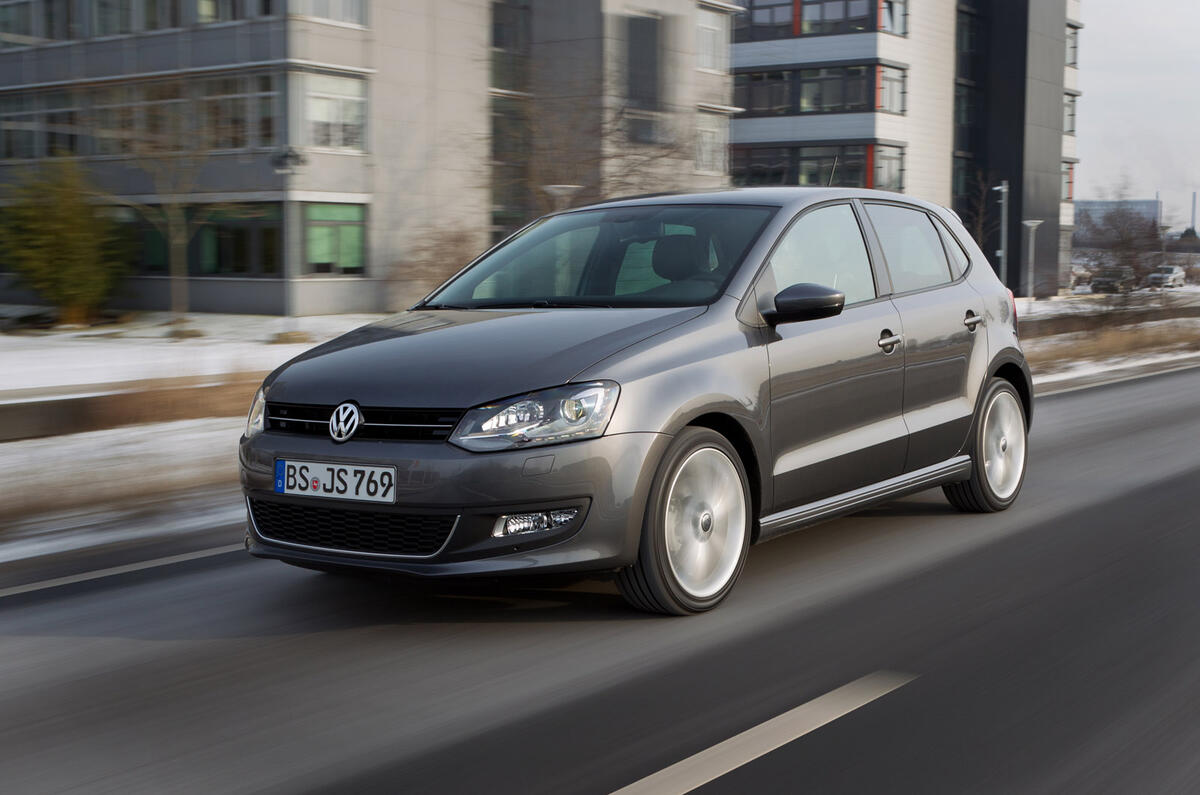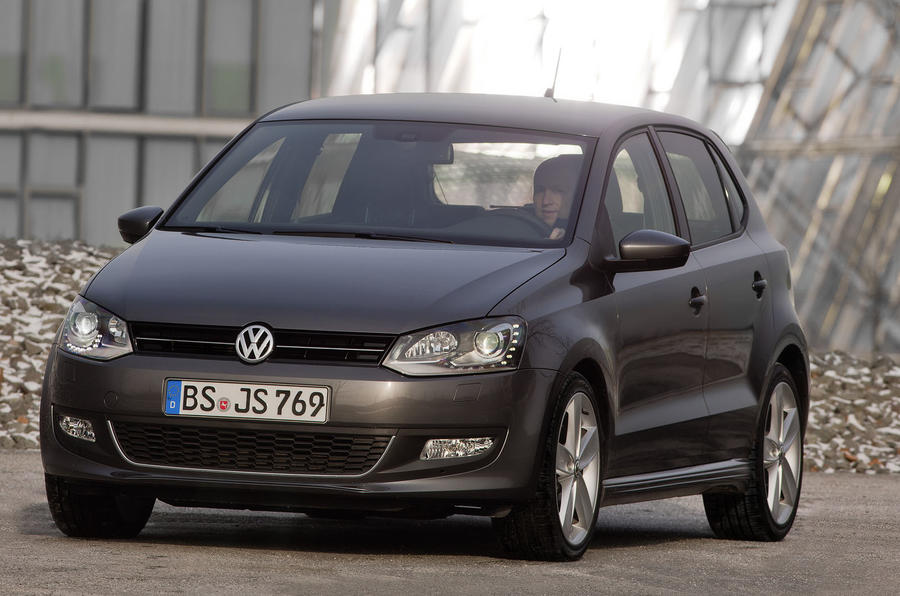What is it?
We’ve been hearing a lot about cylinder deactivation recently. And not surprisingly given the tough emission standards car makers are being forced to adhere to in an effort to meet upcoming EU6 regulations set to come into force in September 2014.
However, most of it has been reserved for larger petrol engines such as Audi’s excellent new twin-turbocharged 4.0-litre V8, as offered in the in the A8 and soon to become available in the Bentley Continental GT.
But in a move that proves such technology also has a place in smaller engines, Volkswagen has unveiled a heavily reworked version of its widely used turbocharged 1.4-litre four-cylinder petrol powerplant running an innovative valve system developed in partnership with Audi.
The system is capable of shutting down the middle two cylinders on light throttle loads, effectively turning it into a 700cm3 twin for lower consumption and emissions, particularly in city driving and highway running at constant speeds.
The new unit, of which only the 82mm cylinder bore spacing is shared with the older EA111 engine it replaces, forms part of Volkswagen’s new modular EA211 engine range that is set to begin rolling out throughout various Volkswagen models bound for the UK in the not-too-distant future, including the Polo driven here in prototype form.
Among the more significant changes over the existing turbocharged 1.4-litre four cylinder TSI engine is a smaller 74.5mm bore and longer 80.0mm stroke – something that suggests there will also be larger capacity variants of the EA211, too. The compression ratio has also risen.
What’s it like?
With 138bhp and 184lb ft of torque at 1500rpm – some 34bhp and 55lb ft more than the existing Polo 1.2 TSI, the four-valve-per-cylinder engine provides the Polo 1.4 ACT with spritely off-the-line qualities, a satisfyingly flexible in-gear character and, thanks to long gearing, a relaxed cruising nature.
Nothing is official just yet, but expect on a 0-62mph time around 8.0sec and top speed around 125mph for seven-speed DSG (dual shift gearbox) equipped versions like that tested. Creditable performance, then.
However, it is the engine’s ability to seamlessly switch from four to two cylinder operation that impresses the most. It takes a steady application of throttle at engine speeds above 1250rpm to make the transition, but when it does the only hint two cylinders have been deactivated is an advisory in the instrument panel and slightly raw exhaust note – something Volkswagen’s development engineers say will be altered before production begins. There’s no loss of momentum, as the revs are immediately matched to take into account the lower capacity.
Ease into the throttle gently and it is immediately obvious there is less power on tap in two-cylinder mode. But at city speeds and at a constant cruise it does not hinder progress. Push beyond 4000rpm and it automatically switches back into four-cylinder mode, instantly providing the full level of performance.
Volkswagen denies the deactivation of the middle two cylinders could lead to a potentially disastrous cooling of middle section of the aluminium block engine, saying the internal water and oil system has been conceived to heat the middle two cylinders even when they are shut down.

















Join the debate
Add your comment
Re: Volkswagen Polo 1.4 TSI ACT
The 7 speed DSGs have a shorter first gear so the dry plate clutches do not burn out in heavy traffic, the 6 speed in the higher performance cars has wet plate oil immersed clutches which can be kept cool in traffic and will not burn out when continually slipping at slow speed.
The T5 van now has a 7 speed DSG with 180bhp TDi, cannot find anybody that knows if thit is a wet plate design like the 6 speed or a dry plate design like the low power 7 speed but uprated for higher power output. I wonder why this has not filtered down to the higher powered cars?
Re: Volkswagen Polo 1.4 TSI ACT
Umm... it might be a wee bit tricky to design an engine that can disconnect/reconnect its con rods from the crankshaft? ;)
Re: Volkswagen Polo 1.4 TSI ACT
BriMarsh wrote the following post at Sat, Feb 04 2012 9:44 AM:
Hmm, not so certain as it used to be. agree i'd be more confident if it were a Japanese product. though hasn't this tech been out for while on larger engines, cadillac had it shutting down half a v8?